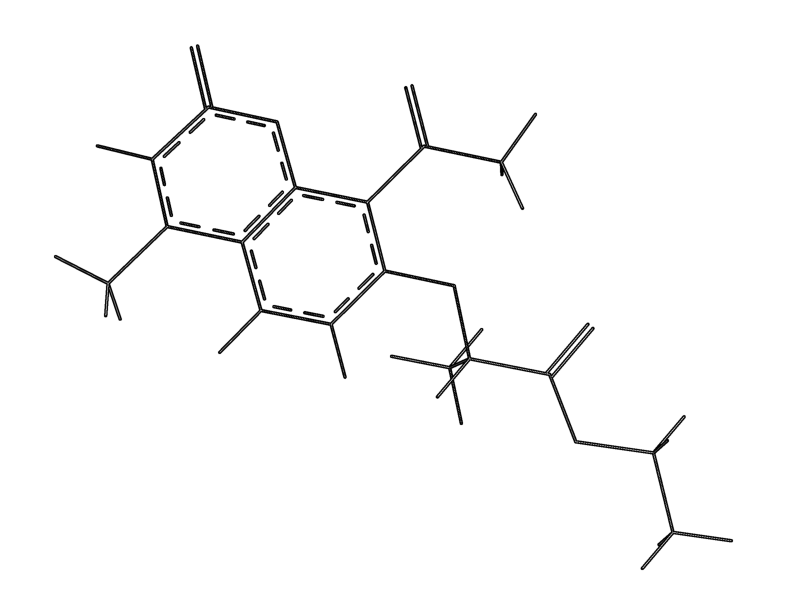Cycle valence: Difference between revisions
Jump to navigation
Jump to search
(New page: ===DESCRIPTION=== '''cycle_valence''' cycles the valence on the currently selected bond. ===USAGE=== <source lang="python"> cycle_valence [ h_fill ] </source> ''h_fill'' = 0; do not update hydrogens...) |
No edit summary |
||
| Line 1: | Line 1: | ||
===DESCRIPTION=== | ===DESCRIPTION=== | ||
'''cycle_valence''' cycles the valence on the currently selected bond. | '''cycle_valence''' cycles the valence on the currently selected bond. | ||
[[Displaying_Biochemical_Properties#Displaying_double_bonds|Double Bonds]] shows you how to show double bonds with with [[lines]] and [[cycle_valence]]. | |||
<gallery heights="300px" widths="300px"> | |||
Image:DoubleBonds.png | |||
</gallery> | |||
===USAGE=== | ===USAGE=== | ||
<source lang="python"> | <source lang="python"> | ||
Revision as of 13:40, 7 September 2008
DESCRIPTION
cycle_valence cycles the valence on the currently selected bond.
Double Bonds shows you how to show double bonds with with lines and cycle_valence.
USAGE
cycle_valence [ h_fill ]
h_fill = 0; do not update hydrogens h_fill = 1; update hydrogens
EXAMPLE
cycle_valence
NOTES
If the h_fill flag is true, hydrogens will be added or removed to satisfy valence requirements. This function is usually connected to the DELETE key and CTRL-W.
PYMOL API
cmd.cycle_valence(int h_fill)
